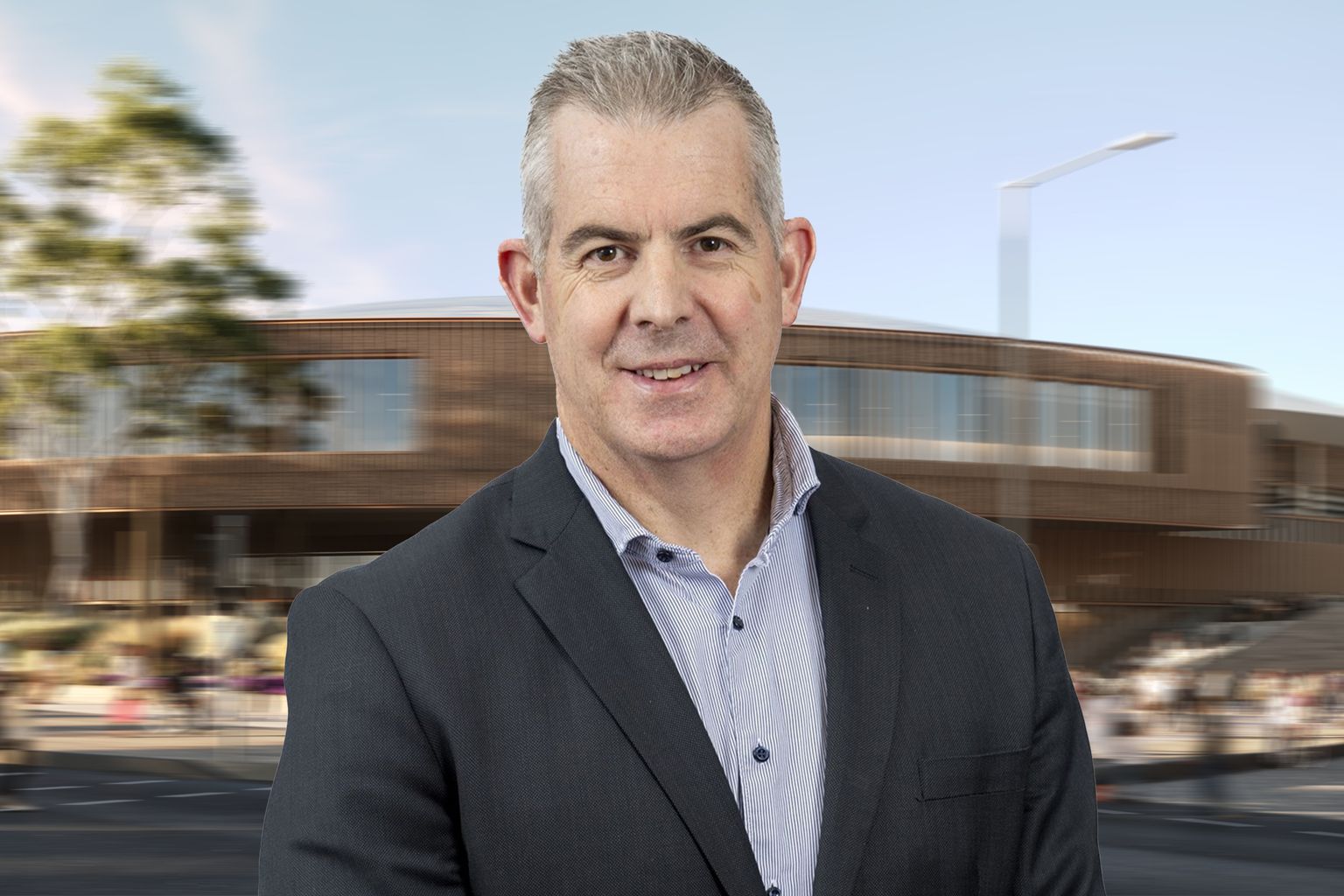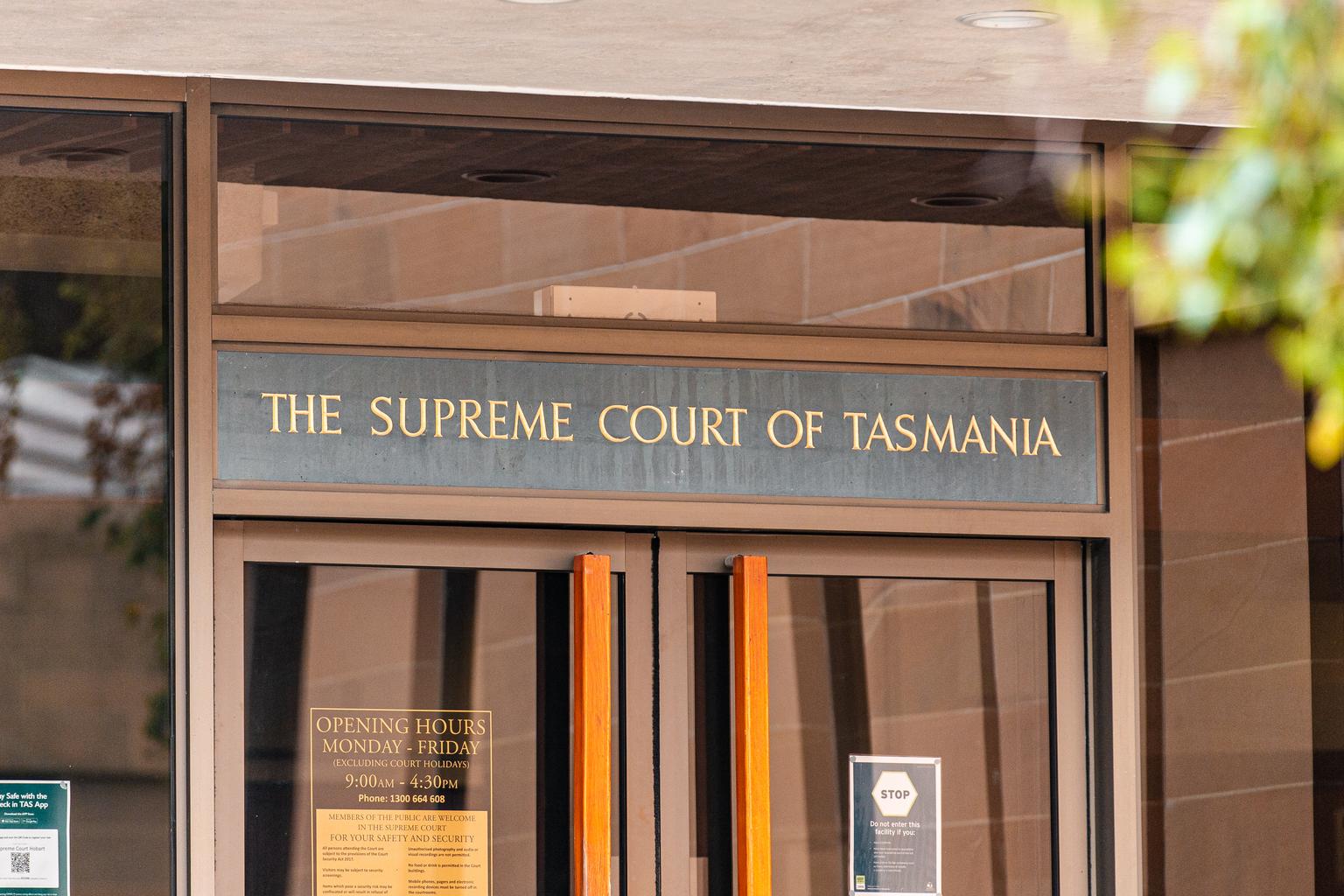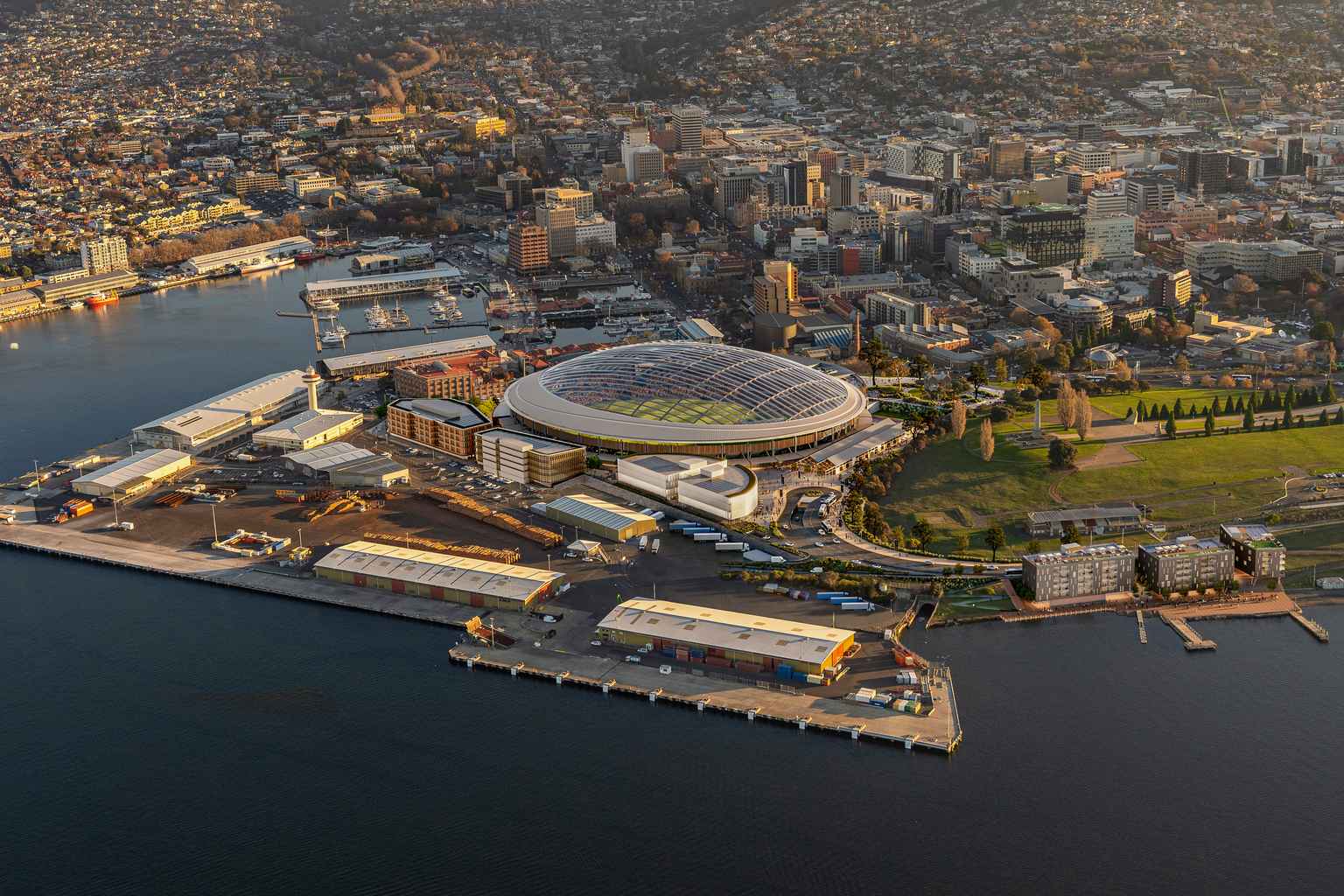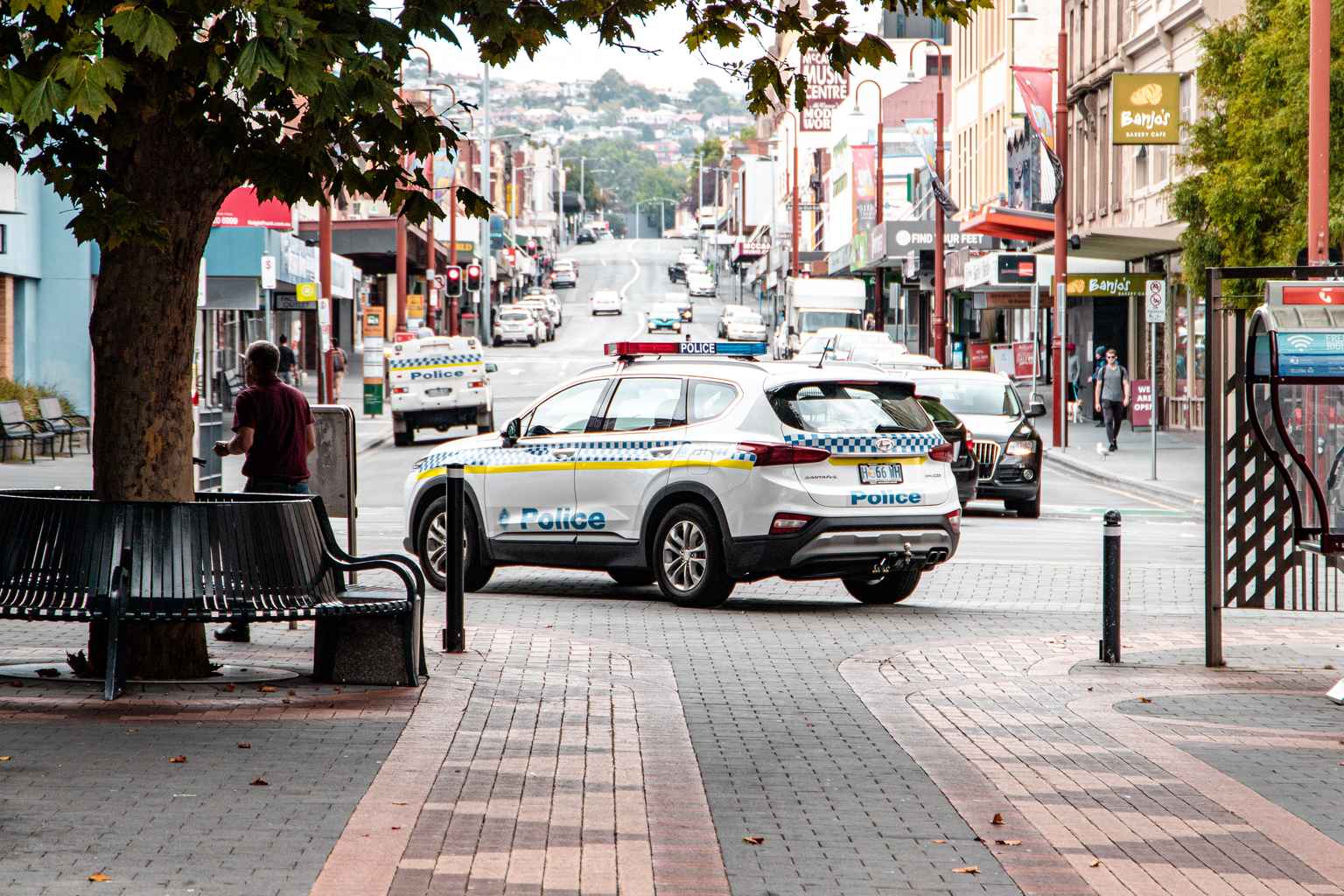New independent modelling released by the Hobart City Council has revealed the proposed Macquarie Point stadium would deliver “significant economic impacts” to the city.
The analysis, conducted by AEC Group and included in Council’s submission to the Tasmanian Planning Commission, found the stadium would drive $143.3 million in economic benefits to Hobart annually during construction and $178.9 million per year once operational.
The construction phase would support 385 full-time equivalent jobs, contributing an additional $65.4 million to Hobart’s Gross Regional Product.
Once fully operational by 2032, the stadium is expected to generate ongoing economic activity through multiple channels, including stadium operations, event hosting, visitor expenditure during events, and increased tourism on non-event days.

In its submission to the TPC, the Council said while it concurs with concerns around the stadium’s potential impact on the state’s budget, its own report found the project would be a game changer for the city.
“A project of this magnitude, capable of hosting a multitude of events and conferences catering to diverse interests and interstate visitors, will undeniably have a transformative economic impact on the CBD and the broader LGA,” Council CEO Michael Stretton said.

He says the stadium would “enhance the liveability and attractiveness of the City”.
“The stadium is likely to boost confidence in the CBD and encourage additional investment in entertainment and tourism infrastructure nearby.”
Council have also highlighted potential improvements to urban renewal, local supply chains and workforce skills outcomes.
They say the ‘uniquely Tasmanian’ design and the prospect of televised matches of AFL and other sports would raise the “broader perception of Hobart and Tasmania” and encourage people to visit.

“Its focus on spectator experiences and unique structure, with the roof displaying Tasmanian timber, will help promote the Tasmania brand, reputation, and profile,” Stretton said.
According to the analysis, the largest post-construction economic impact would come from induced non-event day visitor expenditure, delivering $66.9 million annually and supporting 315 full-time equivalent jobs outside the venue.

Local and visitor spending outside the venue on event days would be the second-largest economic driver.
The economic assessment comes amid Council’s broader response to the stadium proposal, which also addresses concerns about the stadium’s scale, heritage impacts, and infrastructure requirements.
“The City broadly agrees with the Panel’s assessment that the size of the stadium is disproportionate to Hobart’s small scale and established built form,” Stretton said.
Heritage impacts are a key concern, with the City Heritage Portfolio Committee describing the stadium as “fundamentally inappropriate for this location”, saying it “obliterates the visual integrity of the Cenotaph”.

The submission also highlights pedestrian and traffic concerns, finding a “significant risk that large crowd events held at the stadium would negatively impact on the journeys of the public and other road users travelling to, from, or through central Hobart.”
Council criticised the absence of Conservation Management Plans for heritage-listed buildings that would be affected, including the Goods Shed and Red Shed.

Council has requested ongoing dialogue with the proponent and the Planning Commission, saying that if the project proceeds, “pedestrian connectivity, streetscape modifications, road network and parking facilities upgrades be given high priority.”
The Council’s submission will be presented for endorsement at Monday evening’s Council meeting before being formally lodged with the Planning Commission.
However, the assessment process itself faces uncertainty after the state government announced plans to introduce special enabling legislation, potentially bypassing the Planning Commission process.
Meanwhile, Acting Lord Mayor Zelinda Sherlock has reached out directly to AFL CEO Andrew Dillon, seeking a meeting to address what she described as “critical issues” with the stadium planning process that could affect the project delivery.






